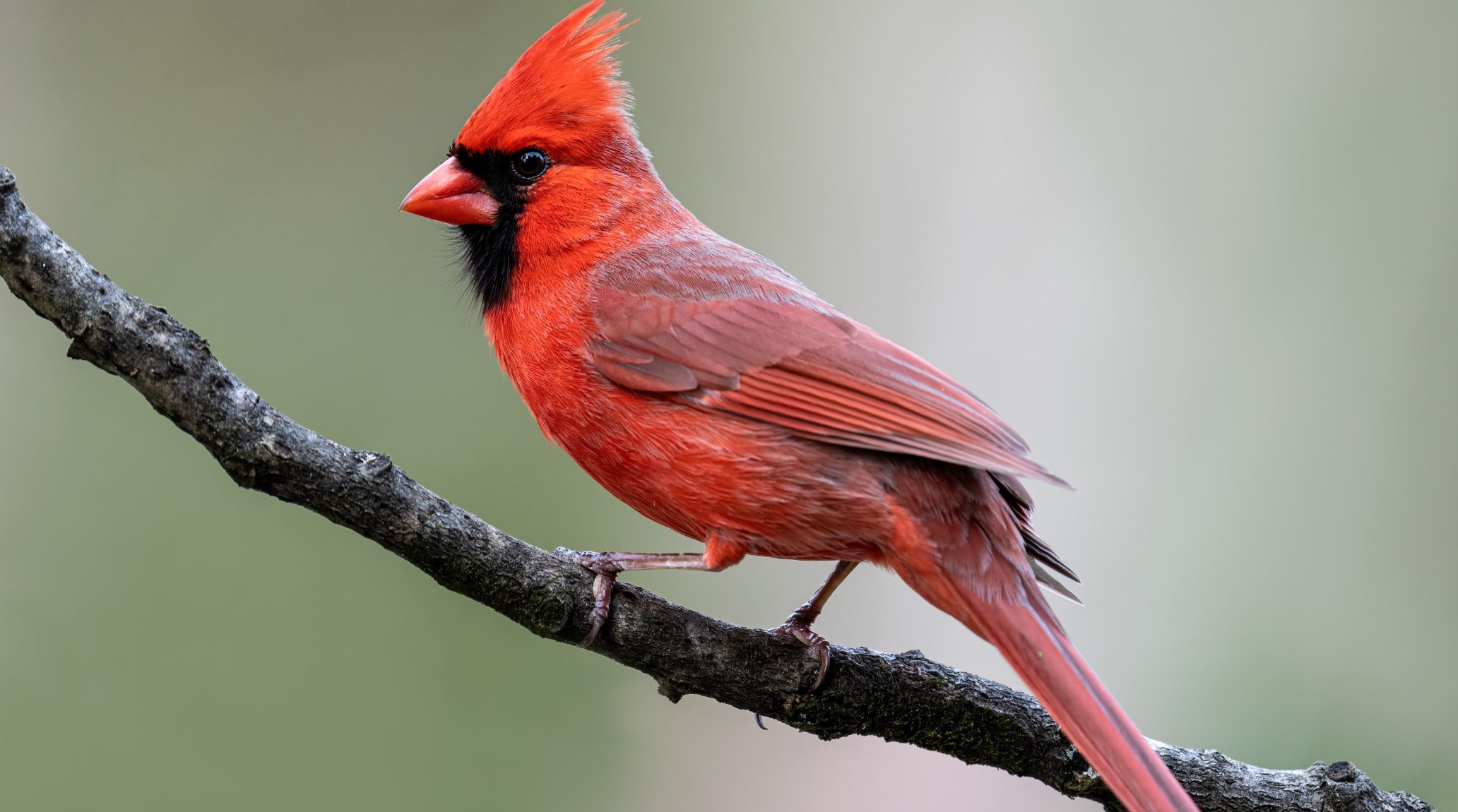
“
Cardinals are among the most captivating birds found in North America, renowned for their vibrant red plumage and enchanting songs. In this educational journey, we will uncover fascinating Cardinal bird facts that highlight their unique characteristics, behaviors, and importance in our natural world. Join us as we delve into the intriguing world of these iconic feathered friends!1
1
”
Cardinals are famous for their bright red feathers, which are more vibrant in males. This coloration helps them attract mates and establish their territory in the dense foliage of forests and gardens. 1
Despite their reputation as seed-eaters, Cardinals actually have a diverse diet. They feed on seeds, fruits, and insects, making them adaptable to different environments and seasons. 2
Unlike many birds that migrate, Cardinals are mostly non-migratory. They remain in their habitats throughout the year, providing year-round enjoyment for bird watchers. 3
Male Cardinals are known for their melodious songs, which they use to defend their territory and attract females. Their calls vary from clear whistles to complex melodies, making them one of the most vocal birds in North America. 4
Cardinals, like other birds, do not have a pregnancy period. Instead, the female cardinal lays eggs, typically incubating them for about 11 to 13 days. After hatching, both parents care for the chicks until they are ready to leave the nest. 5
Cardinals build their nests in dense shrubs or trees using twigs, grasses, and bark strips. The female is primarily responsible for nest construction, while the male assists by providing materials. 6
Cardinals get their vibrant red feathers from their diet, which includes foods rich in carotenoids. These pigments are absorbed from their food and deposited in their feathers, giving them their distinctive red coloration. 7
Originally native to North America, Cardinals have expanded their range significantly due to human activities. They can now be found in parts of Mexico and have even been introduced to Hawaii. 8
The Northern Cardinal is the state bird of seven U.S. states: Illinois, Indiana, Kentucky, North Carolina, Ohio, Virginia, and West Virginia. Although it is widely recognized, it is not designated as the national bird of any country. 9
During nesting season, female Cardinals lay eggs in clutches of 2-5. The eggs are pale blue or greenish with brown speckles, providing camouflage from predators like squirrels and snakes. 10

At Nature Fest in Cypress, Texas, a record-breaking 994 people simultaneously mimicked the call of the Northern Cardinal on April 26, 2014, showcasing the largest group bird-calling event ever!
Cardinal chicks are born with soft, grayish down feathers, lacking the bright red color of adults. These fluffy feathers provide warmth and protection while the chicks grow and develop. Over time, their distinctive red plumage will emerge. 11
The iconic red crest on a male cardinal signifies maturity and dominance. This vibrant feature not only enhances its striking appearance but also plays a key role in attracting mates and establishing territory within its habitat. 12
Cardinals contribute to plant reproduction by dispersing seeds. As they feed on fruits and seeds, they carry them to new locations, helping plants grow in different areas. This natural seed dispersal supports the health and spread of various plant species. 13
While Cardinals face threats from predators such as hawks, owls, and domestic cats, their ability to nest in dense vegetation and their vigilant behavior help minimize these risks. 14
During cold winters, Cardinals fluff up their feathers to create insulating layers of air. They also seek out reliable food sources like bird feeders, where seeds provide essential energy during the chilly months. 15
In the wild, Cardinals typically live for 3-5 years. However, some individuals have been recorded living up to 15 years, particularly in protected environments with ample food and minimal predation.16
Cardinals are notable for staying active and visible throughout winter. Unlike many other birds that migrate or become less conspicuous, cardinals continue to forage and sing, making them a vibrant and enduring presence in cold weather. 17
There are 19 recognized Northern Cardinal subspecies according to the IOC World Bird List, with 14 found in Mexico, Brazil, and Guatemala. Although some researchers suggest splitting subspecies in the southwest into separate species, the AOS has not accepted this yet. 18
Both male and female cardinals are highly protective of their nests and young. They vigorously defend their territory from intruders and potential threats, ensuring the safety of their offspring until they are ready to fend for themselves. 19


